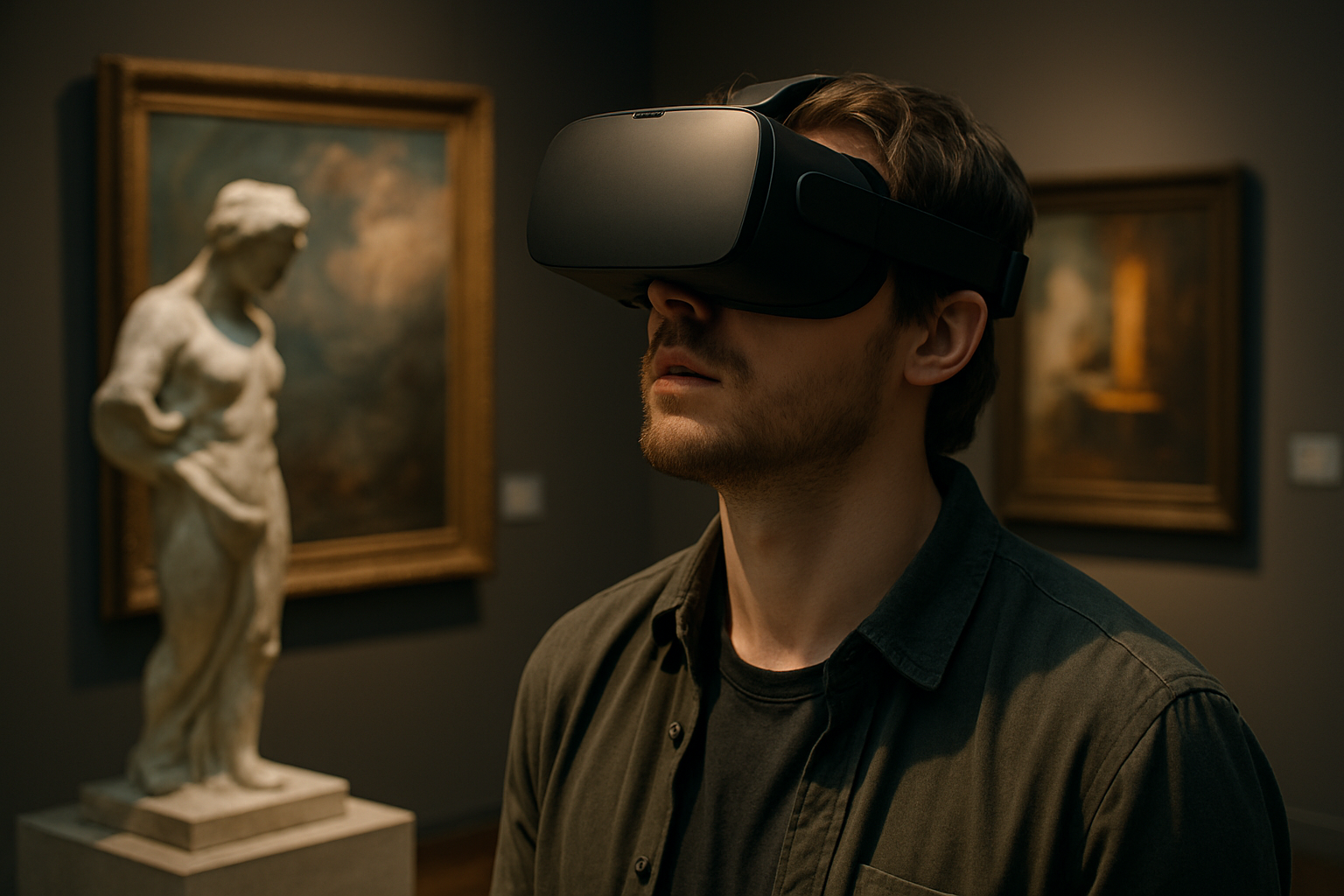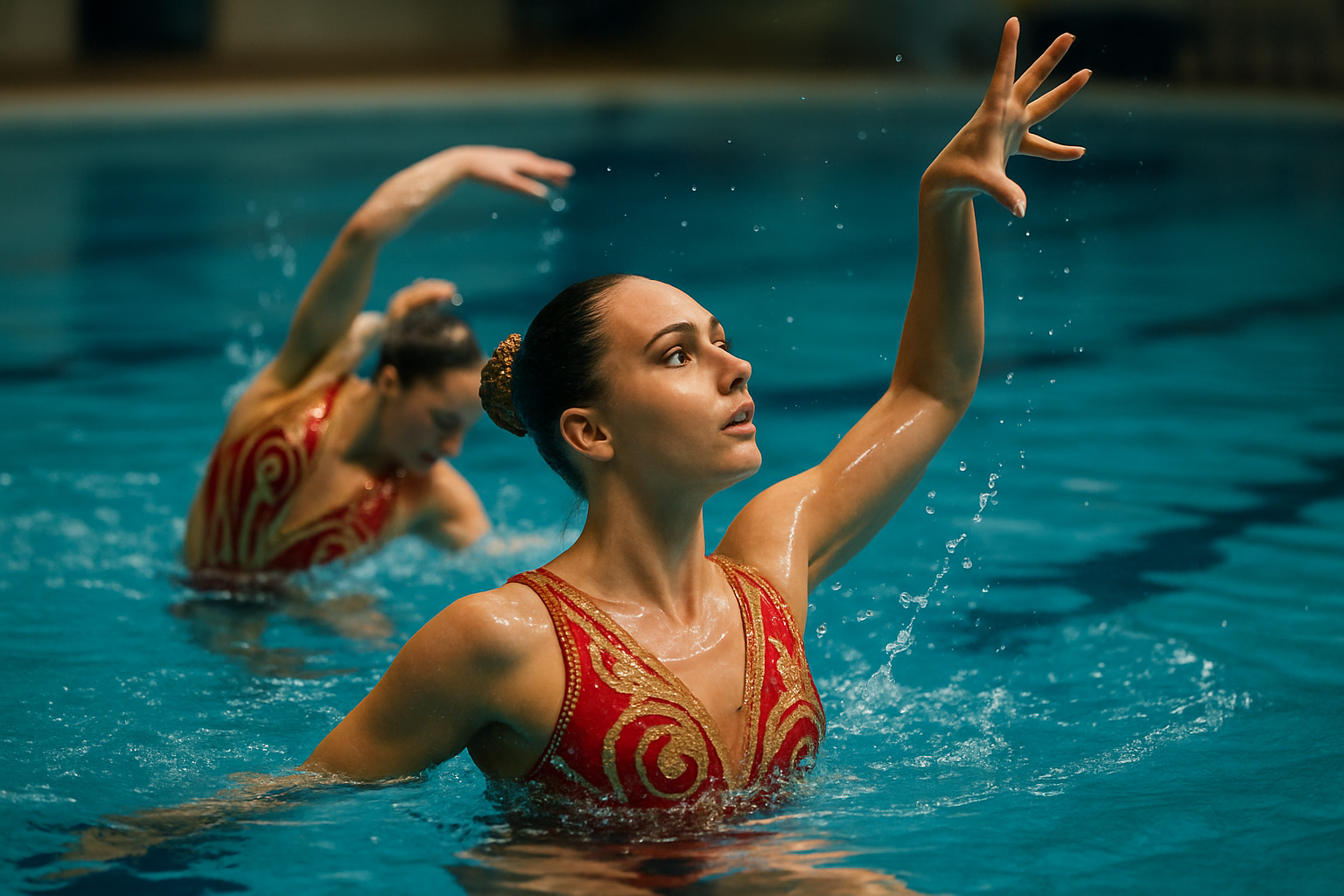Digital Alchemy: The Rise of Virtual Reality Art Galleries
In a world where technology continually reshapes our experiences, the art world is undergoing a profound transformation. Virtual Reality (VR) art galleries are emerging as a revolutionary platform, blending cutting-edge technology with artistic expression. This digital renaissance is not only changing how we view art but also how artists create and curate their works. As traditional galleries grapple with space limitations and accessibility issues, VR galleries offer boundless possibilities, transcending physical constraints and geographical boundaries.

The advent of affordable VR headsets like the Oculus Rift and HTC Vive marked a turning point. Suddenly, artists had access to tools that could transport viewers into entirely new realms of perception. This technological leap forward coincided with a growing interest in digital art forms, setting the stage for the VR art gallery revolution.
Redefining the Gallery Experience
Traditional art galleries have long been criticized for their exclusivity and limited accessibility. VR galleries, in contrast, offer a democratized art experience. Viewers from anywhere in the world can don a headset and instantly transport themselves to a curated exhibition. This global reach has profound implications for both artists and art enthusiasts.
For artists, VR galleries provide an unprecedented canvas. No longer constrained by physical space or materials, creators can build entire worlds around their art. Sculptures can defy gravity, paintings can come to life, and installations can interact with viewers in ways never before possible. This new medium challenges artists to rethink their approach to creation and presentation.
The Curator’s New Toolbox
Curating a VR gallery requires a unique set of skills that blend traditional art knowledge with technological savvy. Virtual curators must consider not only the artistic merit of the works but also how they function within a digital space. Factors like viewer movement, interaction design, and even virtual physics come into play.
Some VR galleries replicate physical spaces, offering a familiar context for viewing art. Others embrace the limitless possibilities of virtual environments, creating surreal or fantastical settings that enhance the artwork. This flexibility allows curators to tailor the viewing experience to each exhibition, creating a perfect symbiosis between art and environment.
Breaking Down Barriers to Access
One of the most significant advantages of VR galleries is their potential to make art more accessible. People with mobility issues, those living in remote areas, or individuals who simply lack the time or resources to visit physical galleries can now experience art in a deeply immersive way. This democratization of access has the potential to broaden art appreciation and engagement across diverse demographics.
Moreover, VR galleries can preserve and showcase fragile or site-specific works that might otherwise be inaccessible to the public. Historical sites, endangered cultural heritage, and temporary installations can be digitally captured and experienced by future generations, creating a new form of art conservation.
The Challenges and Future of VR Art Galleries
Despite their potential, VR art galleries face several challenges. The technology, while increasingly accessible, still requires specific hardware that not everyone owns. There are also concerns about the authenticity of digital art experiences and how they compare to viewing physical artwork in person.
Additionally, as with any new medium, there are ongoing discussions about copyright, ownership, and the valuation of digital art. The rise of NFTs (Non-Fungible Tokens) has added another layer of complexity to these debates, raising questions about the nature of art ownership in the digital age.
Looking to the future, the potential for VR art galleries seems boundless. As technology continues to advance, we can expect even more immersive and interactive experiences. The line between viewer and participant may blur further, leading to new forms of collaborative and participatory art.
Conclusion: A New Frontier in Artistic Expression
Virtual Reality art galleries represent more than just a technological novelty; they are ushering in a new era of artistic expression and appreciation. By breaking down physical barriers and offering unprecedented creative freedom, VR galleries are challenging our perceptions of what art can be and how we engage with it.
As this medium continues to evolve, it will undoubtedly reshape the art world, influencing everything from creation and curation to conservation and commerce. The virtual gallery space is not just a digital replica of its physical counterpart but a new frontier in the ever-expanding landscape of human creativity. As we stand on the brink of this digital renaissance, one thing is clear: the future of art is not just to be seen, but to be experienced.





